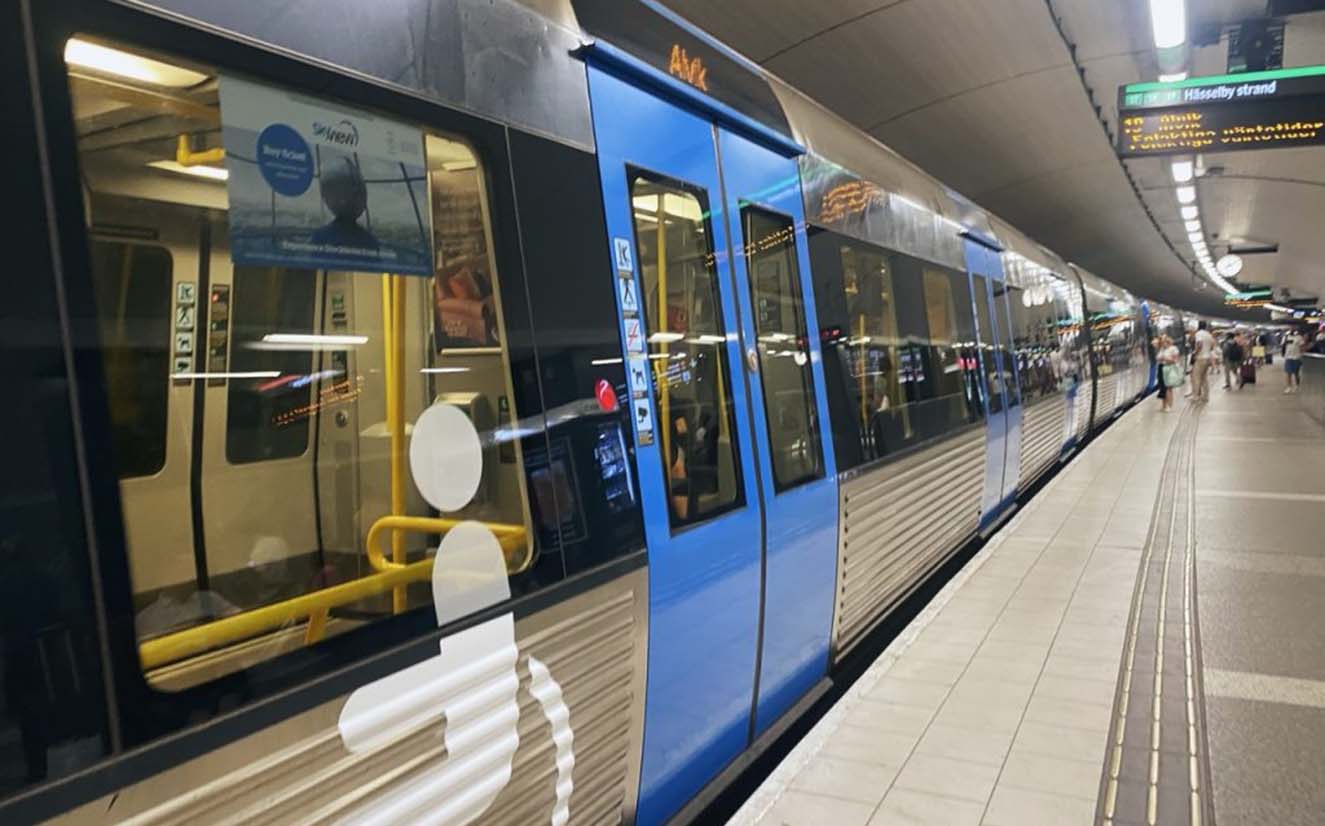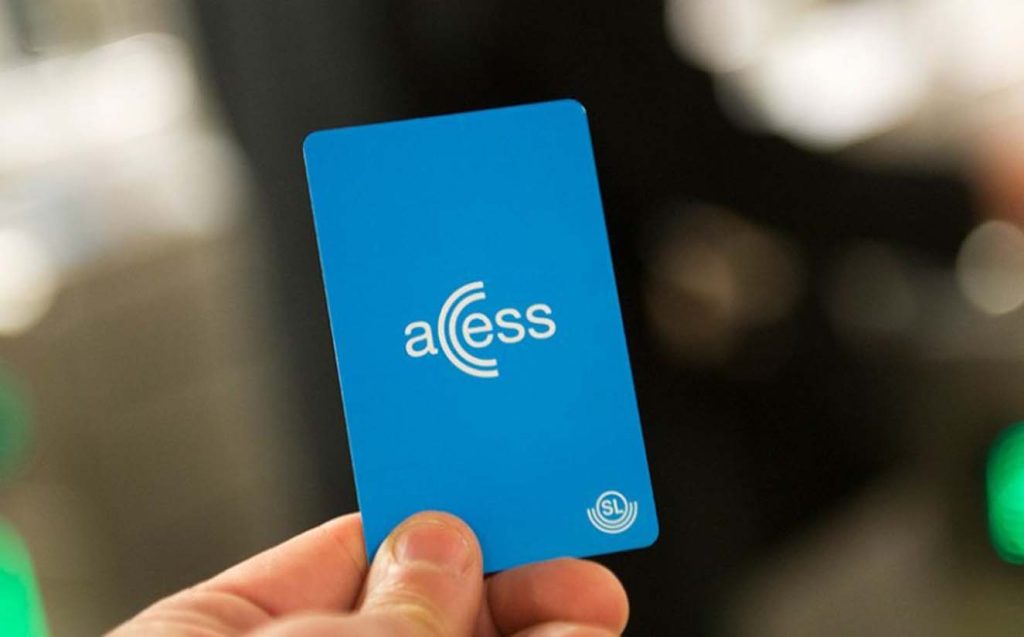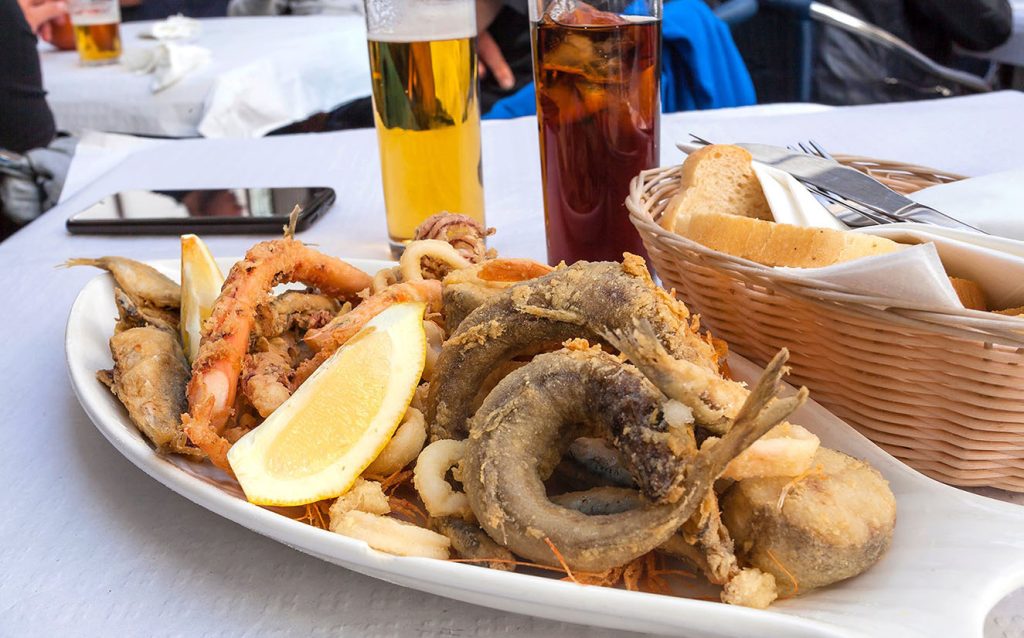
Stockholm, the beautiful capital of Sweden, is a city spread across 14 islands connected by over 50 bridges. With its stunning architecture, rich history, and an abundance of green spaces, Stockholm is a city that begs to be explored. One of the most efficient ways to see all that Stockholm has to offer is by using its excellent public transportation system. As a first-time visitor, it can be overwhelming to navigate the different options available, but with some insider tips, you can travel around the city like a local.
In this guide, I’ll cover everything you need to know about Stockholm’s public transport system, including the types of transportation available, how to purchase tickets, tips for using the system efficiently, and some do’s and don’ts to ensure you have a smooth experience.
Stockholm’s Public Transport System
Stockholm’s public transport system is operated by SL (Storstockholms Lokaltrafik), and it includes a comprehensive network of buses, trams, metro (Tunnelbana), commuter trains (Pendeltåg), and ferries. The system is well integrated, meaning that one ticket allows you to use multiple forms of transportation within a specified time.
1. The Metro (Tunnelbana)
The Stockholm Metro, also known as Tunnelbana or T-bana, is the backbone of the city’s public transport system. It has three main lines – the Green, Red, and Blue lines – which cover most of the city and its suburbs. The T-bana is known for its artistic stations, with over 90 of the 100 stations featuring unique artworks, making it one of the world’s longest art exhibitions.

Insider Tips:
- Best Times to Travel: The T-bana runs frequently, but during peak hours (7-9 AM and 4-6 PM), it can get crowded. If you can, avoid these times for a more comfortable journey.
- Art Tour: If you’re a fan of art, take some time to explore stations like T-Centralen, Stadion, and Kungsträdgården. Each has stunning murals, sculptures, and installations.
- Night Service: On weekends, the T-bana runs all night, making it convenient for late-night outings. During weekdays, the last trains depart around 1 AM, so plan accordingly.
2. Buses
Stockholm’s bus network is extensive and complements the T-bana, covering areas that the metro doesn’t reach. Buses are a great way to travel around neighborhoods or to get to destinations outside the city center.
Insider Tips:
- Night Buses: If you’re out late during the week, night buses are available after the T-bana stops running. These buses are designated by the letter “N” before their number.
- Boarding: You must enter buses from the front door, where you’ll either show your ticket or tap your SL card. It’s important to note that cash is not accepted on buses, so make sure you have a valid ticket or card.
- Bus Stops: At bus stops, buses won’t automatically stop unless someone signals them to. Press the “stop” button in advance, and if you’re waiting at a stop, be sure to stand visibly to signal the driver.
3. Commuter Trains (Pendeltåg)
The commuter trains, or Pendeltåg, are ideal for traveling to and from the suburbs or reaching outlying areas like Uppsala or Södertälje. There are four main lines, and they connect with the T-bana at several central stations.

Insider Tips:
- Airport Connection: The Pendeltåg is a cost-effective way to get to Stockholm Arlanda Airport. The train stops at both Arlanda South and Arlanda North, and the trip takes about 40 minutes from Stockholm Central.
- Travel Time: Commuter trains are less frequent than the T-bana, so check the timetable in advance, especially during off-peak hours.
- SL Card Use: Your SL card or ticket is valid for travel on the Pendeltåg within Stockholm County, but if you’re traveling to Uppsala, you’ll need an additional ticket.
4. Trams
Trams, or spårvagnar, are primarily used in the central and southern parts of Stockholm. The most famous is the Djurgården line, which runs from Norrmalmstorg to the island of Djurgården, where you’ll find attractions like the Vasa Museum and Skansen.
Insider Tips:
- Tourist Route: The Djurgården tram is popular with tourists because it passes many of Stockholm’s top attractions. If you’re planning to visit Djurgården, this is a scenic and convenient option.
- Avoiding Crowds: Trams can get busy, especially during tourist season. If possible, travel early in the morning or later in the afternoon to avoid crowds.
5. Ferries
Given Stockholm’s archipelago setting, ferries are an integral part of the public transport system. They’re a scenic and enjoyable way to travel between the city’s islands, especially during the warmer months.
Insider Tips:
- Included in SL Tickets: The ferries between Djurgården, Skeppsholmen, and Slussen are included in SL tickets, so you don’t need to purchase a separate ticket.
- Timetables: Ferry services are more frequent in the summer, with some routes only operating during this season. Always check the schedule ahead of time.
- Best Views: For stunning views of Stockholm’s skyline and waterfront, take a ferry ride during sunset. The views are incredible, and it’s a peaceful way to end your day.
How to Purchase Tickets and Travel Cards
1. SL Access Card
The easiest and most cost-effective way to use Stockholm’s public transport is by purchasing an SL Access Card. This reusable card can be loaded with money or travel passes, allowing you to tap in and out of stations, buses, and ferries.

Where to Buy:
- SL Centers: Located in major stations like T-Centralen and Slussen.
- Pressbyrån Shops: These convenience stores, found at most stations, sell SL Access Cards.
- Online: You can also purchase the card online and pick it up at designated locations.
Types of Passes:
- Single Tickets: Valid for 75 minutes of travel across all modes of transport.
- 24-hour Pass: Ideal for short stays; it offers unlimited travel for 24 hours.
- 72-hour Pass: A great option for weekend visitors.
- 7-day Pass: If you’re staying longer, this pass offers unlimited travel for a week.
2. Contactless Payment
Stockholm’s public transport system also accepts contactless payments using your credit or debit card. Just tap your card on the reader as you enter, and the fare will be automatically charged.
Insider Tips:
- Fees: Some international cards may incur fees for contactless payments, so check with your bank before using this method.
- Convenience: Contactless payment is a good option for short visits if you don’t want to purchase an SL Access Card.
Navigating Stockholm’s Public Transport Like a Pro
1. Plan Your Journey with SL’s App
Download the SL app on your smartphone to help plan your routes. The app provides real-time information on departure times, service disruptions, and the fastest routes to your destination. It’s an invaluable tool, especially for first-time visitors.
Features:
- Real-time Updates: Stay informed about delays or changes to your route.
- Route Planning: Enter your starting point and destination, and the app will suggest the best route, including transfers and walking directions.
- Ticket Purchase: You can also purchase tickets directly through the app, which is convenient if you don’t have an SL Access Card.
2. Understanding Zones and Travel Times
Stockholm’s public transport system is divided into zones, but most tourist destinations are within Zone A. The SL app or the SL website can help you determine which zone you’re in and if your ticket covers the entire journey.
Insider Tips:
- Time-Based Tickets: Remember that single tickets are time-based (75 minutes), so you can transfer between buses, trains, and ferries as long as your ticket is valid.
- Avoiding Fines: Always make sure your ticket is valid before boarding. SL inspectors regularly check tickets, and fines for traveling without a valid ticket are steep (approximately 1500 SEK).
3. Accessibility
Stockholm’s public transport system is generally accessible for travelers with disabilities. Most stations have elevators, and buses are equipped with ramps for wheelchairs. The SL website provides detailed information on accessible routes and stations.
Insider Tips:
- Assistance: If you require assistance, SL offers a service where you can request help in advance for navigating stations or boarding vehicles.
- Priority Seating: Buses, trams, and trains have priority seating for those with mobility needs, the elderly, and pregnant women. Locals are generally respectful of these seats, but don’t hesitate to ask if you need one.
4. Travel Etiquette
Swedes are known for their polite and reserved nature, and this extends to their public transport behavior. Here are some key points of etiquette to keep in mind:
Insider Tips:
- Quiet Zones: Some commuter trains have designated quiet zones where talking on the phone or playing loud music is discouraged. Respect these areas by keeping noise to a minimum.
- Escalator Etiquette: On escalators, stand to the right if you’re not walking, and leave the left side open for those who want to walk up.
- Queueing: Swedes are very orderly when it comes to queuing, whether it’s waiting for a bus or buying a ticket. Always stand in line and wait your turn.
- Personal Space: Swedes value personal space, so avoid standing too close to others when it’s not necessary, especially on less crowded trains and buses.
Tips for a Smooth Journey
1. Keep an Eye on Your Belongings
While Stockholm is generally safe, it’s still important to be mindful of your belongings, especially in crowded areas like T-Centralen. Keep your bags zipped, and avoid displaying valuables.
2. Weather Considerations
Stockholm’s weather can be unpredictable, especially in the winter months. Always check the weather forecast before heading out, and dress in layers. If you’re traveling in winter, be prepared for snow and ice, which can sometimes cause delays.
3. Explore Beyond the City Center
While Stockholm’s city center is packed with attractions, don’t hesitate to venture out to the suburbs or nearby towns using the public transport system. Places like Drottningholm Palace or the archipelago islands offer a different perspective of Swedish life and are easily accessible via public transport.
4. Budget for Travel
If you plan to use public transport frequently, budget accordingly. While the SL system is efficient, it can be more expensive than public transport in some other European cities. Consider purchasing a multi-day pass if you’ll be traveling a lot to save money.
5. Pack for Comfort
Given the amount of walking and standing you’ll likely do, pack comfortable shoes and clothing. Stockholm is a walking city, and you’ll often need to walk between attractions and transport stops. Comfort is key to enjoying your trip.
Embark on an Unforgettable Journey: Explore, Experience, and Enjoy!
- Enchanting Escapades at Disneyland Paris: A Magical Journey Awaits! : Step into a World of Wonder, Where Dreams Come to Life! Experience the Magic at Disneyland Paris – Where Every Moment is a Fairytale Adventure!
- Gatwick Airport Parking: Secure, Convenient, and Stress-Free! : Park with Confidence, Travel with Ease! Discover Hassle-Free Gatwick Airport Parking for a Seamless Start to Your Journey!
- Air France - Elevating Travel, Embracing Elegance! : Journey Beyond Boundaries with Air France: Where Every Flight is a Symphony of Style and Comfort!
- EasyJet Holidays - Effortless Escapes for Unforgettable Adventures! : Simplify Your Getaway with EasyJet Holidays: Where Every Moment is Packed with Joy. Your Dream Vacation, Made Easy!



